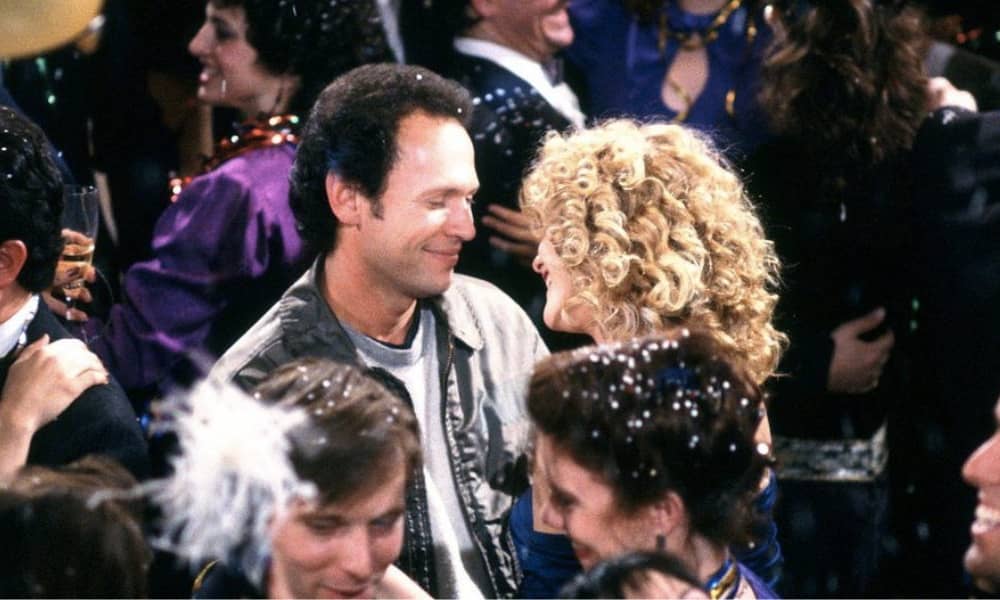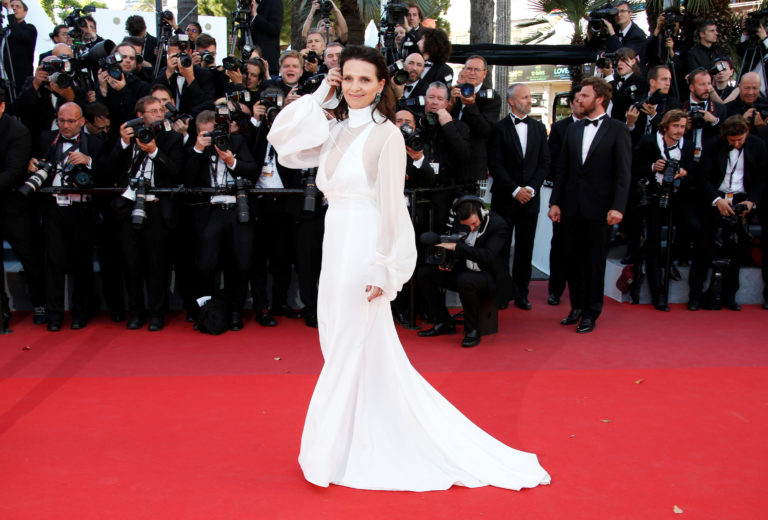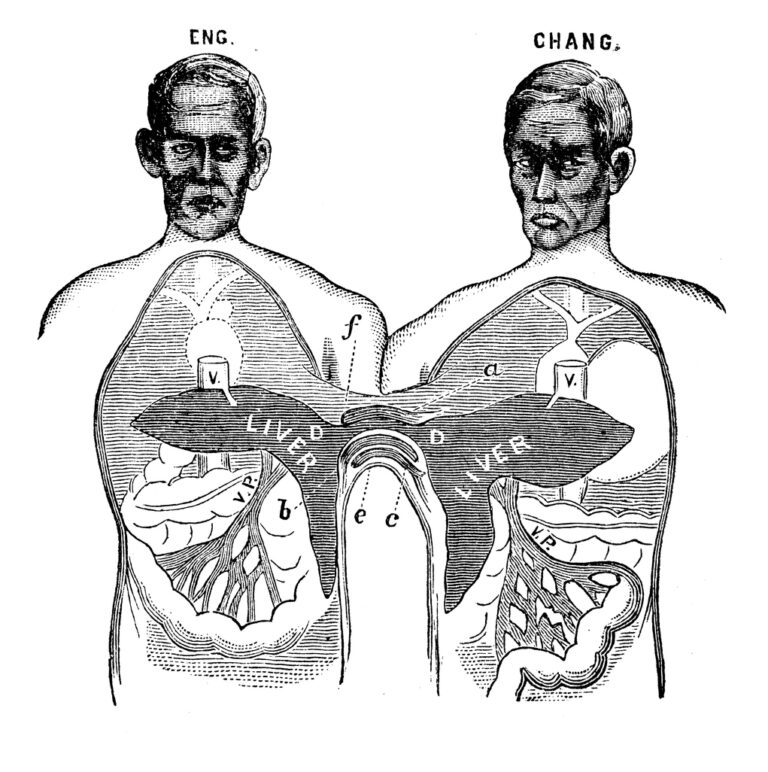Picture the scene: it’s a dreary weeknight evening, you’re tired from work, and you want to watch something that will pick you up. My guess is that some of you – perhaps more than would admit it – would pick a romantic comedy.
Over the years the romcom has been designated as “chick flick”, dismissed at awards ceremonies (the best picture Oscar primarily goes to drama films) and frequently panned by critics. Yet, critics are not the only ones buying cinema tickets or watching streaming services.
A 2013 article from the New York Times found that the romcom was one of the genres most likely to divide audience and critical opinion. Like many other things that are classified as “women’s things”, the romcom is often spoken of as a “guilty pleasure”.
Researchers such as Claire Mortimer, who writes about comedy and women, argue that the dismissal is not just down to the genre’s status as “women’s films” but also because romcoms are genre films. Such films are often seen as repetitive – they rely on a number of tropes to be wheeled out again and again and we come to expect certain styles, stories and characters. Some films become key examples of a genre, a kind of “best of”, and form a template which the others either imitate or diverge from.
That’s not to say that all romcoms are the same. But there’s a dominant form that we think of as being definitive, called the “neo-traditional romcom”. Tamar McDonald, a professor in film, argues that this is the main form of the genre now – one that “has no use for realism”.
This can be seen in characters running through airports, the absurd lack of communication between love interests and the convenient mishaps. Without these elements though, the resolution wouldn’t be as sweet.
The perfect romcom
So what are the ingredients for a perfect romcom? Looking at the lists of the best romcoms of all time – which the internet isn’t short of – we see similar tropes popping up repeatedly. One popular favourite, When Harry Met Sally (1989), features the “friends to lovers” storyline. This reoccurs in more recent films like Always Be My Maybe (2019).
Within a romcom, there typically has to be miscommunication – and lots of it. Although a relationship can blossom steadily, often unknown to the characters themselves, romcoms usually feature a pivotal moment where one character is not understood by the person they want.
This miscommunication is also underpinned by conflict. Leger Grindon, an expert in romantic comedies, breaks these kinds of conflict into three major fields: between parents and children, the two characters who are dating, or when someone has to choose between personal development and sacrifice.
We’ve seen examples of all of three over the years. Children defying their parents’ wishes to be with someone they love is a common theme in the queer love story, like Happiest Season (2020), but is also present in other films, like My Big Fat Greek Wedding (2002).
Conflict between the needs of the love interests can be seen in What Women Want (2000). And the conflict between personal development and sacrifice has been a common theme of many recent Netflix romcoms such as Hello, Goodbye and Everything in Between (2022) or The Holiday Calendar (2019). In Hallmark Christmas films (their own sub-genre of the romcom) like Just In Time for Christmas (2015), women often have to choose between their career and their relationship, a common recurrence for the Christmas sub-genre especially.
Romcoms can provide escapism, but at their heart the glue of the genre is finding connection through love and laughter. How realistic this is may be shifting, with more recent examples in film and television providing more cultural critique (see comedian Rose Matafeo’s brilliant Starstruck series for example).
The parameters for the characters of these stories are also changing. Once predominantly white and straight, the genre is opening up to a range of different stories. Recent examples like Red, White, and Royal Blue (2023) and Bros (2022) put gay male romance front and centre, while Rye Lane (2023) and Crazy Rich Asians (2018) foreground non-white protagonists.
Perhaps this is because – as Mortimer argues – the genre is concerned with “perennial themes” of love and identity. In a moment where definitions and understandings of identity are shifting, the romcom provides an ideal place to think through these issues in a comforting way. Or perhaps we just need the optimism we associate with the genre at a time of war and economic crisis.
Although there may be classics and new challengers emerging for the title of the best, the perfect romcom is one that shows that, despite all the challenges life may throw at us, there is sometimes a happy ending.
The Conversation via Reuters Connect







